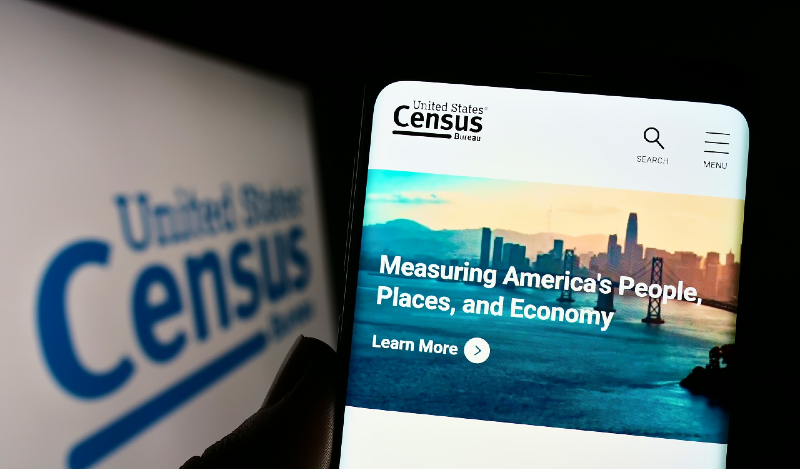
September 11, 2024
As America’s housing crisis intensifies, the American Housing and Economic Mobility Act of 2024 has emerged as a high-profile yet expensive solution.
The bill comes with a $500 billion price tag and endorsements from leading Democrats, including Vice President Kamala Harris. Moody’s, a major financial services company, has also blessed the act, predicting it will lower rents and significantly boost the supply of affordable housing. But before the country embraces this rosy outlook, it must confront a stark reality: Government interventions in housing…

September 10, 2024
America is Still Working
Sometimes it seems like Americans can’t decide whether we work too much or too little. We hear that because of rising inequality and a lack of good jobs, workers must toil too many hours at wages too low to support a family. By other accounts, the machines— if not robot overlords, then at least their…

September 10, 2024
Event: New Census Data on American Families’ Economic Well-Being
Event Summary On September 10, AEI’s Center on Opportunity and Social Mobility gathered leading experts to analyze the new poverty and economic numbers from the US Census Bureau for 2023. AEI’s Kevin Corinth began by summarizing the data’s main findings. Median household income rose, and the official poverty measure (OPM) showed that poverty declined while…

September 5, 2024
Hurt Pennsylvania’s Workers to Win Pennsylvania’s Votes?
Have populist politics gotten so out of control that politicians believe they need to hurt Pennsylvania’s workers in order to win Pennsylvania’s electoral votes? Yesterday, the Washington Post reported: President Joe Biden is preparing to announce that he will formally block Nippon Steel’s proposed $14.9 billion acquisition of U.S. Steel, according to three people with knowledge of the…

September 4, 2024
Kamala Harris’s Housing Plan Would Be Worse Than Doing Nothing
Originally appeared in Newsweek On August 16, presidential candidate Kamala Harris unveiled a series of housing proposals that recycle the same failed strategies that have plagued federal housing policy for decades. Among the key components are subsidies for the construction of 3 million new housing units over four years, as well as a total of $100 billion…

September 2, 2024
This Is How to Fix the Housing Crisis
Vice President Kamala Harris correctly identified one of America’s biggest problems when she said that “there’s a serious housing shortage.” America’s affordable-housing crisis exacerbates wealth inequities, leads low-income parents to live in neighborhoods with less upward mobility and reduces our country’s capacity for economic growth, innovation and adaptation to regional shocks. Unfortunately, her proposed solutions…

August 28, 2024
Race, Ethnicity, and Measurement Error
Abstract Large literatures have analyzed racial and ethnic disparities in economic outcomes and access to the safety net. For such analyses that rely on survey data, it is crucial that survey accuracy does not vary by race and ethnicity. Otherwise, the observed disparities may be confounded by differences in survey error. In this paper, we…

August 28, 2024
Some Context Behind JD Vance’s Child Tax Credit Comments
Recently, GOP Vice Presidential nominee JD Vance said on Face the Nation “We should expand the child tax credit… I’d love to see a child tax credit that’s $5,000 per child.” He further proposed that the expanded credit be extended to “all American families,” emphasizing disparities in the availability of the current child tax credit…

August 26, 2024
Vouching for Self-Sufficiency
It’s hard to sympathize with the Parkoff Organization, the New York real estate firm that owns some 4,000 apartments across the city. According to a new lawsuit, housing “testers” caught the group discriminating against potential tenants whose rent would have been subsidized by housing vouchers. The Fair Housing Justice Center (FHJC), which brought the suit, claims that Parkoff…

August 24, 2024
Harris’s Child Tax Credit Proposal Could Backfire, Perpetuating Poverty
A centerpiece of Vice President Harris’ newly released economic plan is a revamped Child Tax Credit, which would send families $6,000 for each newborn and up to $3,600 for older children, up from the existing $2,000 per child credit. Her proposal follows Vice Presidential candidate J.D. Vance’s recent call to increase the credit to $5,000…